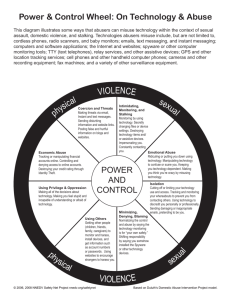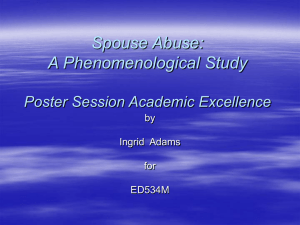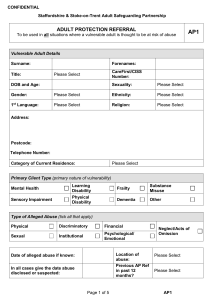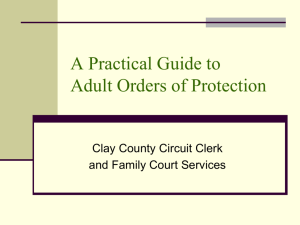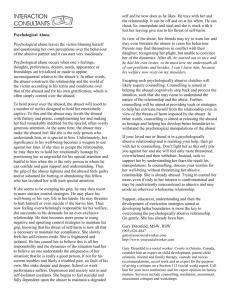2_SAVE the situation handout8-14
advertisement
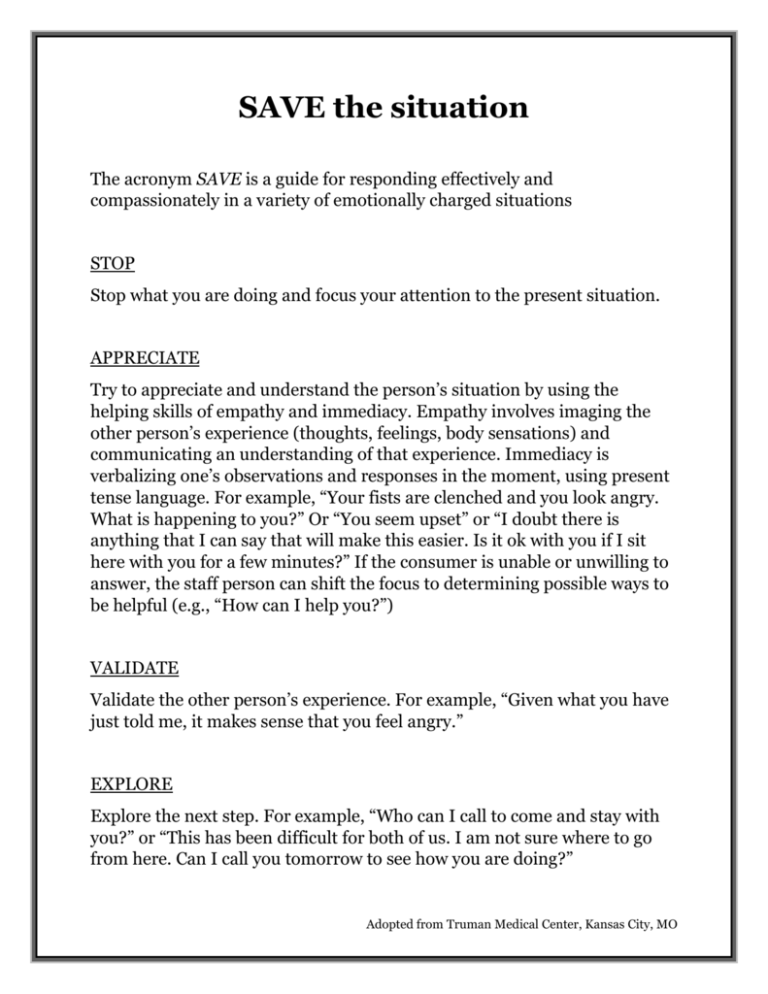
SAVE the situation The acronym SAVE is a guide for responding effectively and compassionately in a variety of emotionally charged situations STOP Stop what you are doing and focus your attention to the present situation. APPRECIATE Try to appreciate and understand the person’s situation by using the helping skills of empathy and immediacy. Empathy involves imaging the other person’s experience (thoughts, feelings, body sensations) and communicating an understanding of that experience. Immediacy is verbalizing one’s observations and responses in the moment, using present tense language. For example, “Your fists are clenched and you look angry. What is happening to you?” Or “You seem upset” or “I doubt there is anything that I can say that will make this easier. Is it ok with you if I sit here with you for a few minutes?” If the consumer is unable or unwilling to answer, the staff person can shift the focus to determining possible ways to be helpful (e.g., “How can I help you?”) VALIDATE Validate the other person’s experience. For example, “Given what you have just told me, it makes sense that you feel angry.” EXPLORE Explore the next step. For example, “Who can I call to come and stay with you?” or “This has been difficult for both of us. I am not sure where to go from here. Can I call you tomorrow to see how you are doing?” Adopted from Truman Medical Center, Kansas City, MO Common Triggers for Trauma Response Sight An individual who resembles the abuser or who has similar traits or objects (e.g., clothing, coloring, mannerisms) A situation where someone else is being threatened or abused (e.g., scowl, raised hand, actual physical abuse) The sight of an object that was part of the abuse or similar to such an object (e.g., a belt, rope, sex toys) or that is associated with the site where the abuse took place (e.g., dark room, a locked door) Sound Sounds associated with anger (e.g., raised voices, arguments, loud noises, objects breaking) Sounds associated with pain or fear (e.g., sobbing, whimpering, screaming) A situation in which the survivor is being reprimanded Sounds associated with the place or situation before, during, or after the abuse occurred (e.g., footsteps, a door being locked, a certain piece of music, sirens, birds chirping, a car door closing) Anything that resembles sounds that the abuser made (e.g., particular words, phrases or tone of voice, whistling, cursing, groaning) Smell Odors associated with the abuser(s) (e.g., cologne or aftershave, tobacco, alcohol, drugs) Odors associated with the place or situation where the abuse occurred (e.g., latex, mildew, petroleum products, food odors, outdoor smells) Touch Any type of physical contact or proximity that resembles the abuse (e.g., touch on certain parts of the body, touch that comes without warning, standing too close, the sensation of breath on the skin, the manner in which someone approaches) The sensation of any type of object that was used during the abuse (e.g., ice, gel similar to lubricant or semen, the sensation of equipment that is reminiscent used during abuse) Taste And taste related to the abuse (e.g., certain foods, alcohol, semen, tobacco) Adopted from Truman Medical Center, Kansas City, MO







